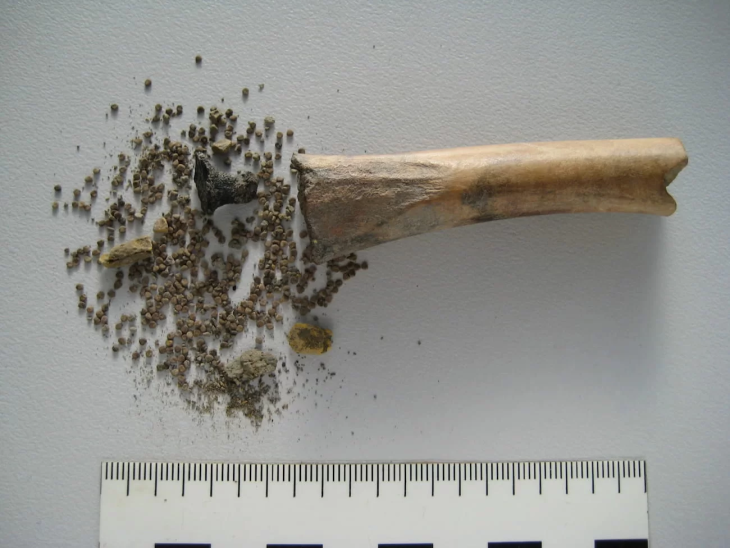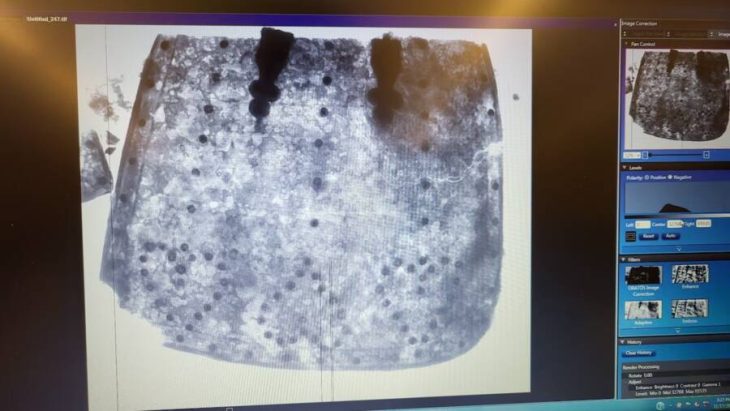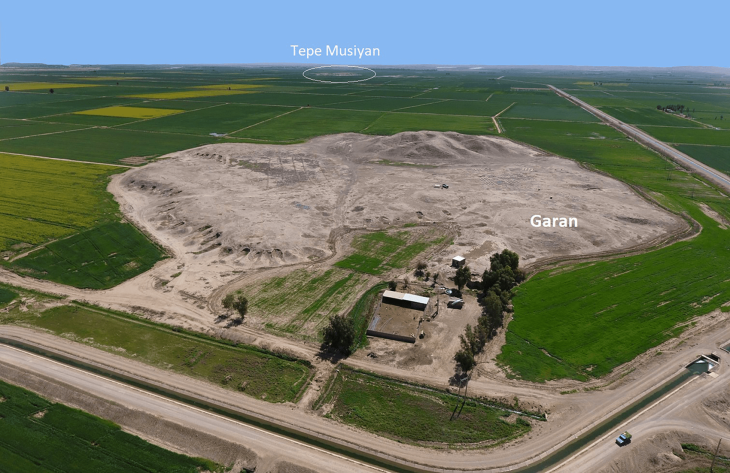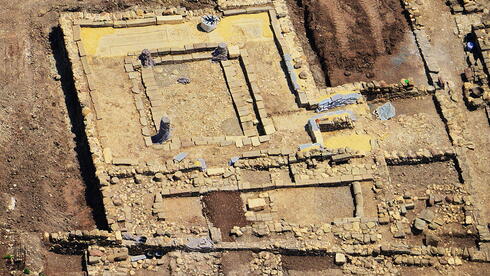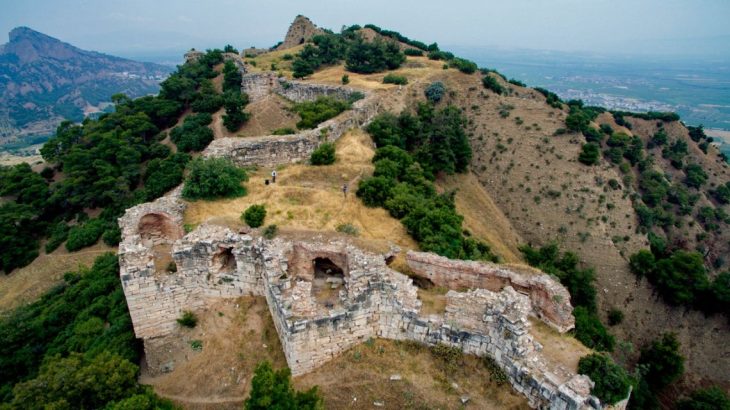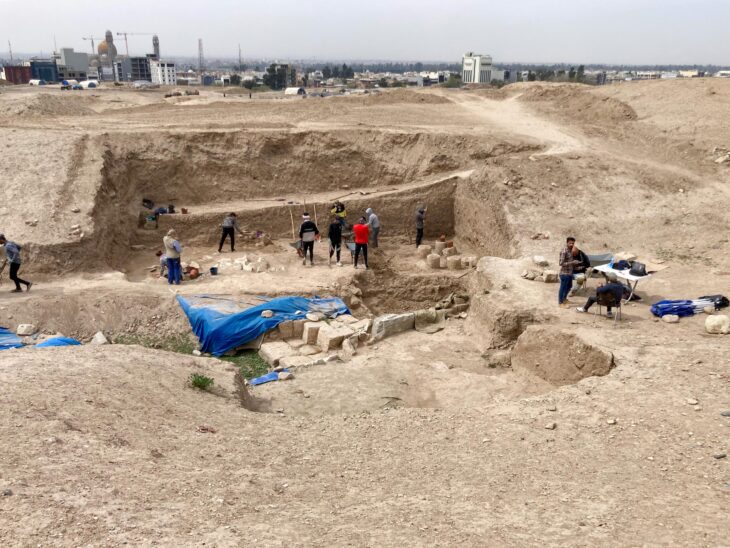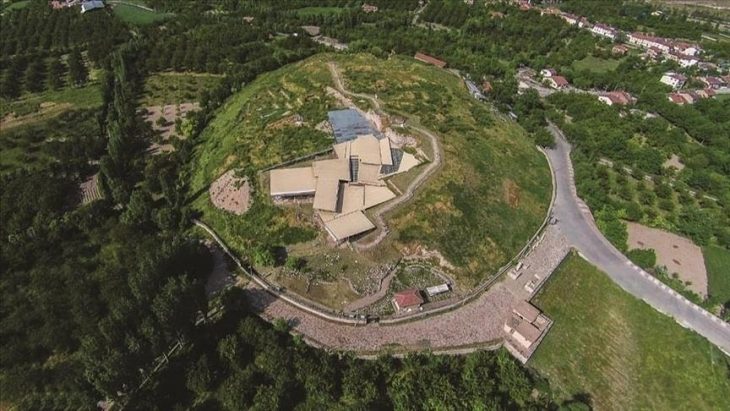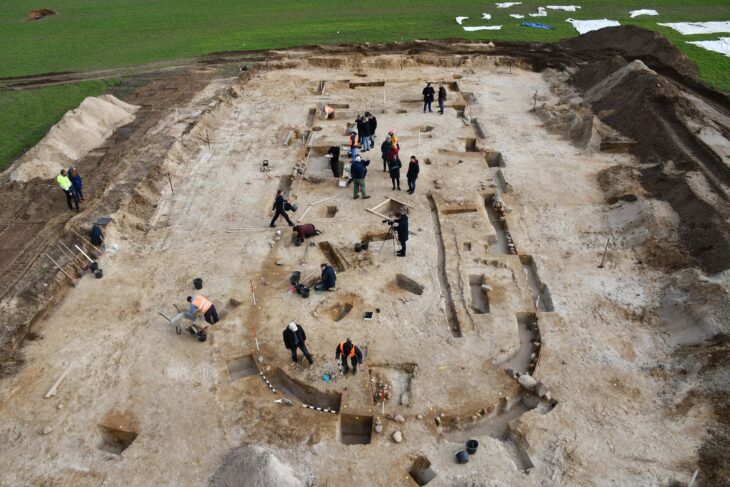The smallest trace of stegosaurus in the world that lived 155 million years ago was found. Stegosaurus, a herbivorous dinosaur, draws attention with its large and slow size. The smallest stegosaurus fossil track in the world will provide new information about this dinosaur species.
The most complete stegosaurus skeleton ever found was displayed in the World Hall of the Natural History Museum in December 2014. The world’s smallest stegosaurus fossil found in China’s Xinjiang Uygur autonomous region will renew information about this dinosaur species.
A group of international paleontologists said in a newly published article that they found the smallest stegosaurus trace in the world in the Xinjiang Uygur Autonomous Region. The track measures 5.7 cm long.
This discovery will help scientists better understand the diversity of dinosaur fauna from 145 million to 66 million years ago in Xinjiang from the Cretaceous period, as well as the growth of stegosaurus and related ancient environmental information.
![A track left by a juvenille stegosaurus discovered in Xinjiang Ugyur autonomous region. The track measures 5.7 centimeters. [Photo: China Daily]](https://arkeonews.net/wp-content/uploads/2021/03/stegosaurus-discovered-min.jpeg)
Scientists such as Xing Lida, associate professor at the China University of Geosciences, and Martin Lockley from the University of Colorado reported on the fossil trail in an essay published in the Palaios sedimentary geology journal.
![A track left by an adult stegosaurus. [Photo provided to China Daily]](https://arkeonews.net/wp-content/uploads/2021/03/adult-stegosaurus.-min.jpeg)
Stegosaurus’s brain was as big as a sausage
Stegosaurus was seen especially in western North America in the late Jurassic period about 150.8 to 155.7 million years ago. Stegosaurus is a large herbivorous dinosaur. Its size is about the size of a bus. It had two rows of bony plates on its back, making the stegosaurus even bigger.
Despite its huge size, Stegosaurus has a very small brain. So, Kenneth Carpenter, an armored dinosaur expert, director of the USU Eastern Prehistoric Museum in Utah, said about the stegosaurus’s brain, “it was long thought to be the size of a walnut, but it actually had the size and shape of a bent hot dog.”


